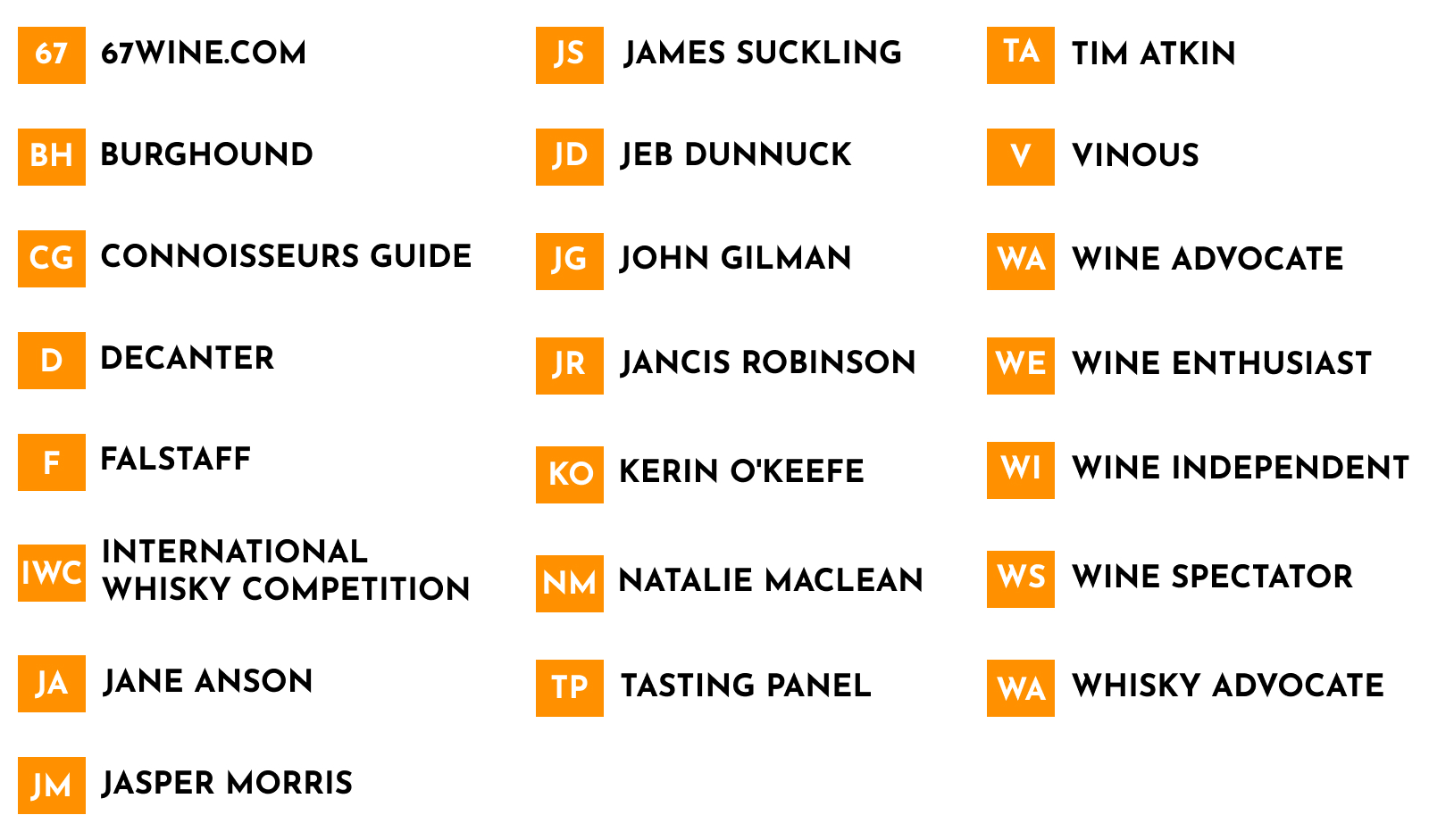There seems to be some confusion among our customers about the meaning of these terms, and the relationship among them. I will try to ease that confusion with some simple explanations. Hopefully, it will help us find the right wine for each customer.
What we’re talking about are actually three different things. Two are flavors registered by the taste buds and the other is a physical reaction of the tongue, lips and gums.
Wine Basics
It helps to have a basic understanding of how wine is made. The sugar (mostly fructose) in grape juice is converted by yeast into alcohol in the process we call fermentation. If the fermentation is stopped (by raising or lowering the temperature or by adding brandy) before all the sugar is converted to alcohol, the wine will be sweet. These wines are considered dessert wines. If all of the sugar is consumed by the yeast, the wine is considered dry. While all of the sugar is never really converted, in well made table wines, the amount of sugar left behind is small enough to be imperceptible. The major exception is German Riesling, but we’ll leave that discussion for another time. Tannin comes from the grape-skins, -seeds, and -stems, and also from new oak barrels.
Those are the technical definitions. How they translate to taste is the most important thing, and there begins the confusion. There are only five sets of taste buds; sweet (sugar receptors), sour (acid receptors), salty (mineral receptors), bitter (25 different receptors), and umami (glutamate receptors). Most of what we call taste really comes from our sense of smell. There are receptors for approximately 350 different scents in our nose[1].
Sweet
Dessert wines contain sugar, which hits the sweet taste buds. That’s a pretty simple concept.
Dry
In table wines, since there is no (perceptible) sugar, what we taste as sweet is really an inference we make from the fruit. Since we expect fruit to be sweet, and we taste the fruit (from the aroma), it seems sweet. Check out this definition of sweet from WineKakis.com glossary:
Sweet: A term applied not only to wines with significant residual sugar, such as fortified or dessert wines, but also to those with intense, thoroughly ripe fruit flavors, which can convey a sweet impression even though they may be technically dry.
The degree of sweetness we taste in both dessert wines and table wines is determined by the acidity level of the wine. Sour is the antithesis of sweet. The more acidity present, the less sweet the wine seems to be. Higher acidity wines appear to be drier. Dry in this case is also the opposite of sweet. Hopefully, we don’t have any truly sour wines in the store, because that would be a real flaw. We have plenty of wines, however, that we would consider tart, or higher than normal in acidity. On a continuum, our definition of dry would be between sweet and tart.
Wine without sufficient acidity doesn’t just taste sweet, it can also taste fairly dead in your mouth. Acidity brings wine to life, and allows more intense fruit flavors to come forward without becoming cloying. Thus a wine can be fruity, yet still be dry.
Tannic
Finally, we come to tannic wines. Tannin affects wine in three ways. In the bottle, tannin acts as a preservative. Tannin soaks up oxygen, allowing wine to develop the complex flavors that come with age without becoming oxidized. On the taste buds, tannin is bitter. In proper proportions, it allows us to perceive flavors like coffee and chocolate in our wines. Finally, tannin causes a physical reaction in the mouth that is separate from its effect on the taste buds. Tannin is astringent, which means that it dries out the tissue of our tongue, lips and gums. Over time, as wine ages, the tannins form long chains and fall out of the wine as sediment. Wine thus becomes less bitter and less astringent as it matures. Tannin will bind to proteins. That’s why a tannic wine always tastes better when consumed with food rather than by itself. The tannins can bind to some of the proteins from the food, rather than to the tissues of the mouth.
We often hear our customers ask for a wine that isn’t too dry, when they really want a wine that isn’t too tannic. They aren’t looking for a sweet wine. They just want a wine that isn’t going to cause that dry mouth sensation you can get from a wine that is high in tannins. The other thing we are often asked is to recommend a wine that is “smooth”. While everyone’s definition is a little different, we usually interpret that to mean a wine that is neither tart nor tannic.
Side by Side Comparison
In the sidebar, you’ll find three wines that will help your understanding of these terms. The first is a sweet wine made from the Grenache grape, from the French appellation Banyuls, named
The second selection is a wine made in the Cotes du Ventoux by Domaine de Cassan. It’s a dry wine, and a very tasty one at that. It has plenty of fruit. This wine is one that can be called smooth. It is neither tannic nor uncomfortably tart. This is higher in acidity than the typical California Merlot or Australian Shiraz, but is very much in balance (the acidity level is in proper portion to the level of fruit.) It is made primarily from the same grape as the Banyuls above, but is a very different wine.
The final choice is an Ocone Aglianico del Taburno. This southern Italian has obvious tannins, yet is perfectly accessible. It has moderate acidity. Compared to the Cassan above, one should be able to make out the distinct texture and astringency of the tannin.
I hope this clears up the confusion. Our goal at 67 Wine is to make buying, serving and drinking wine a pleasurable experience. We want you to enjoy every step along the way. Arming you with the information you need will help us reach that goal.


